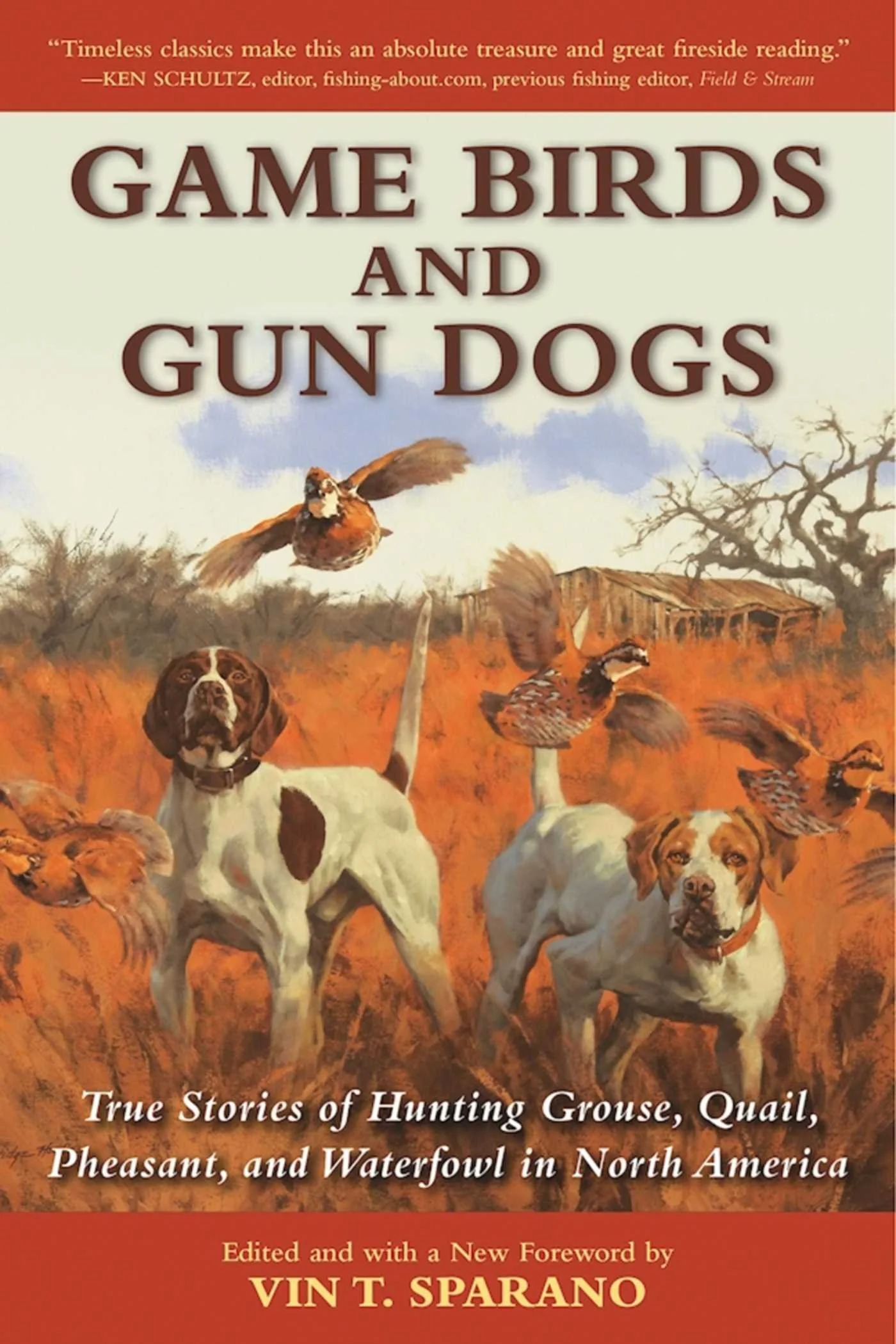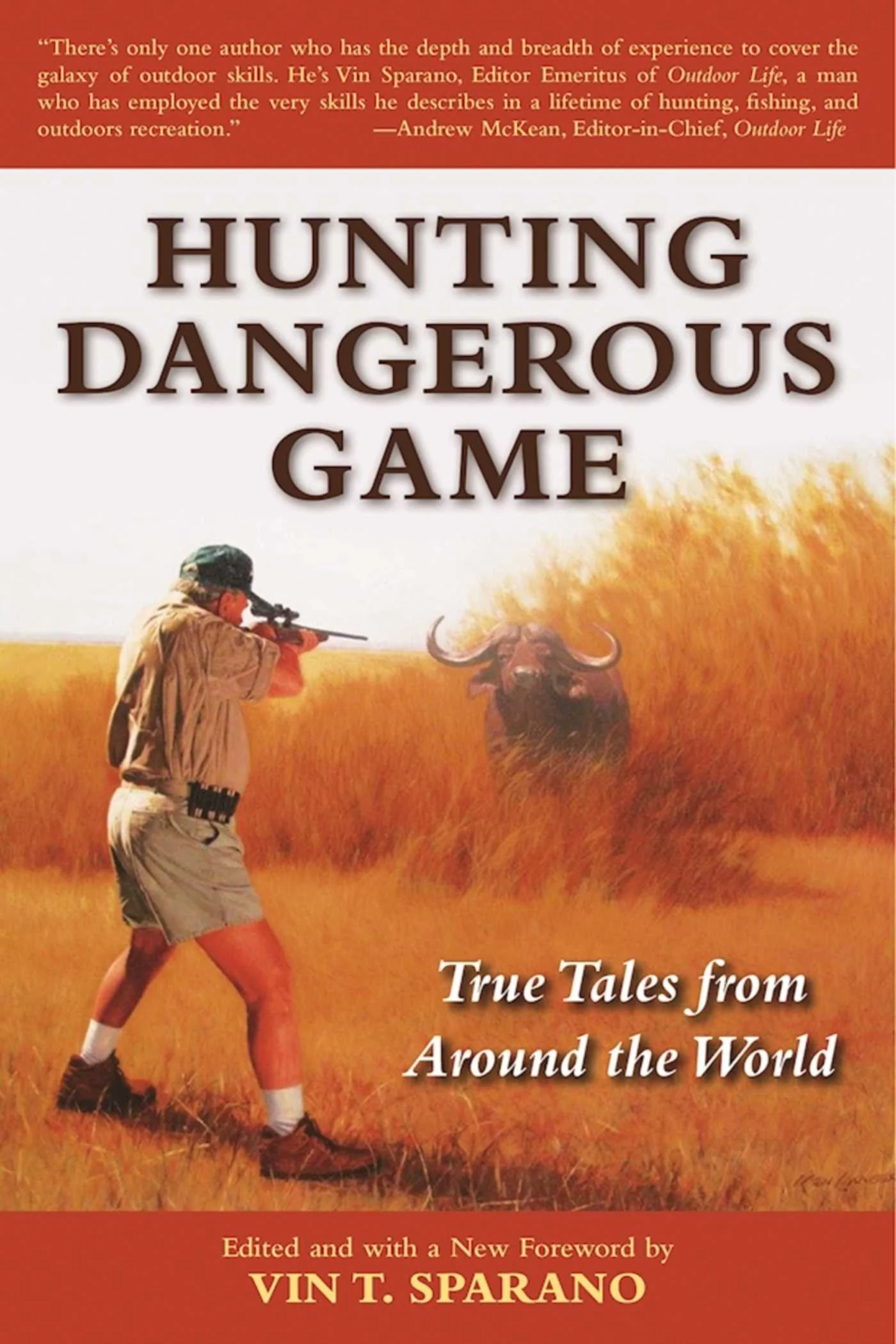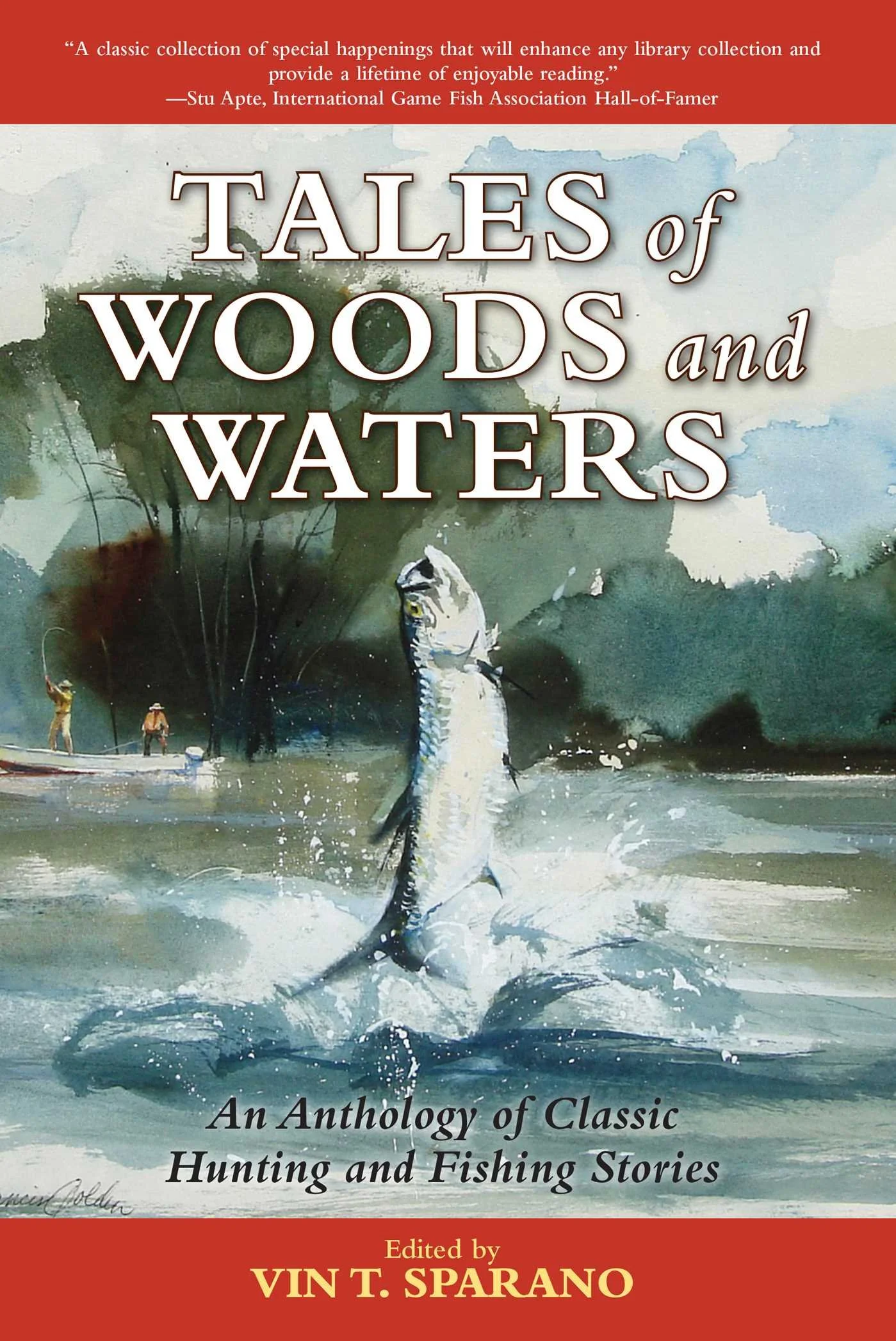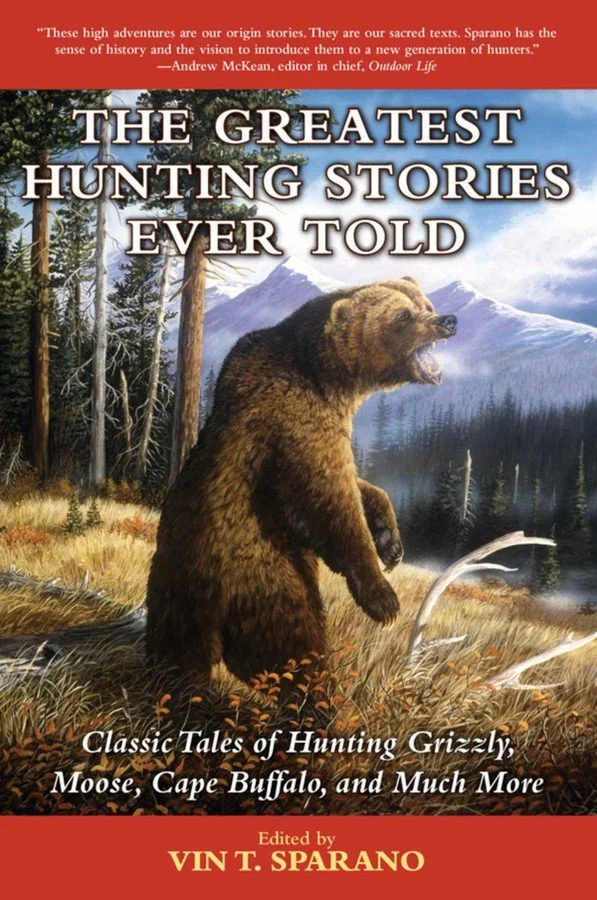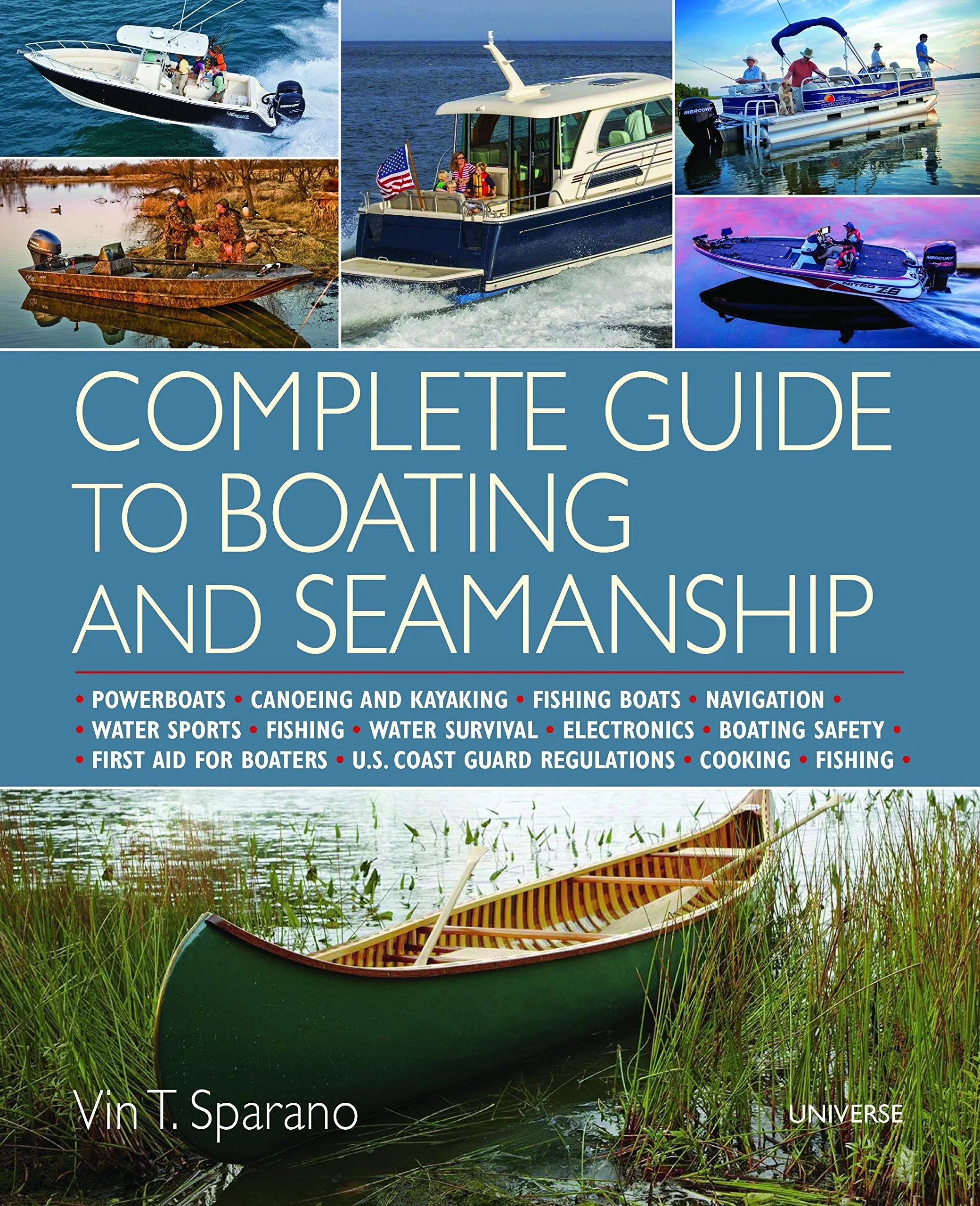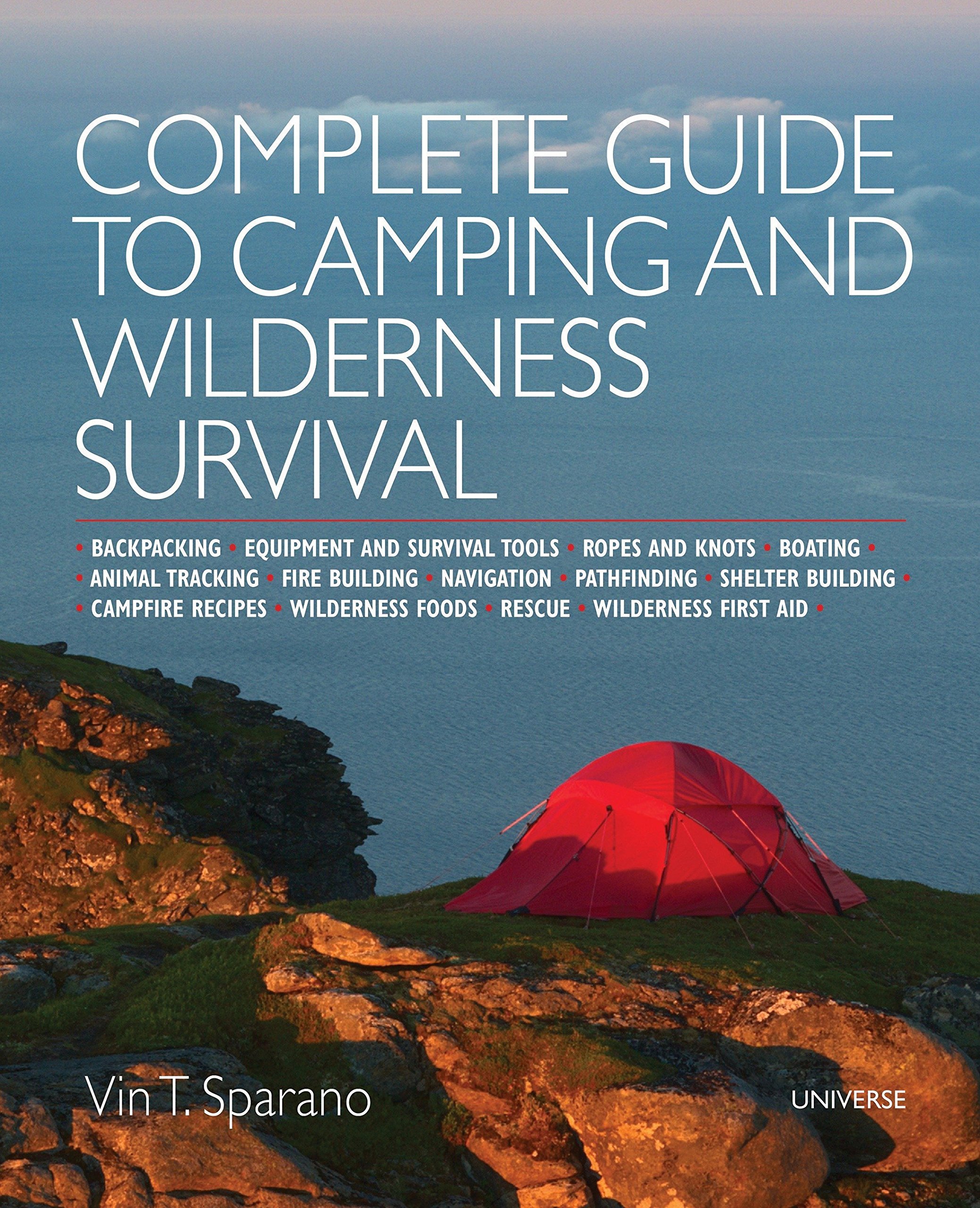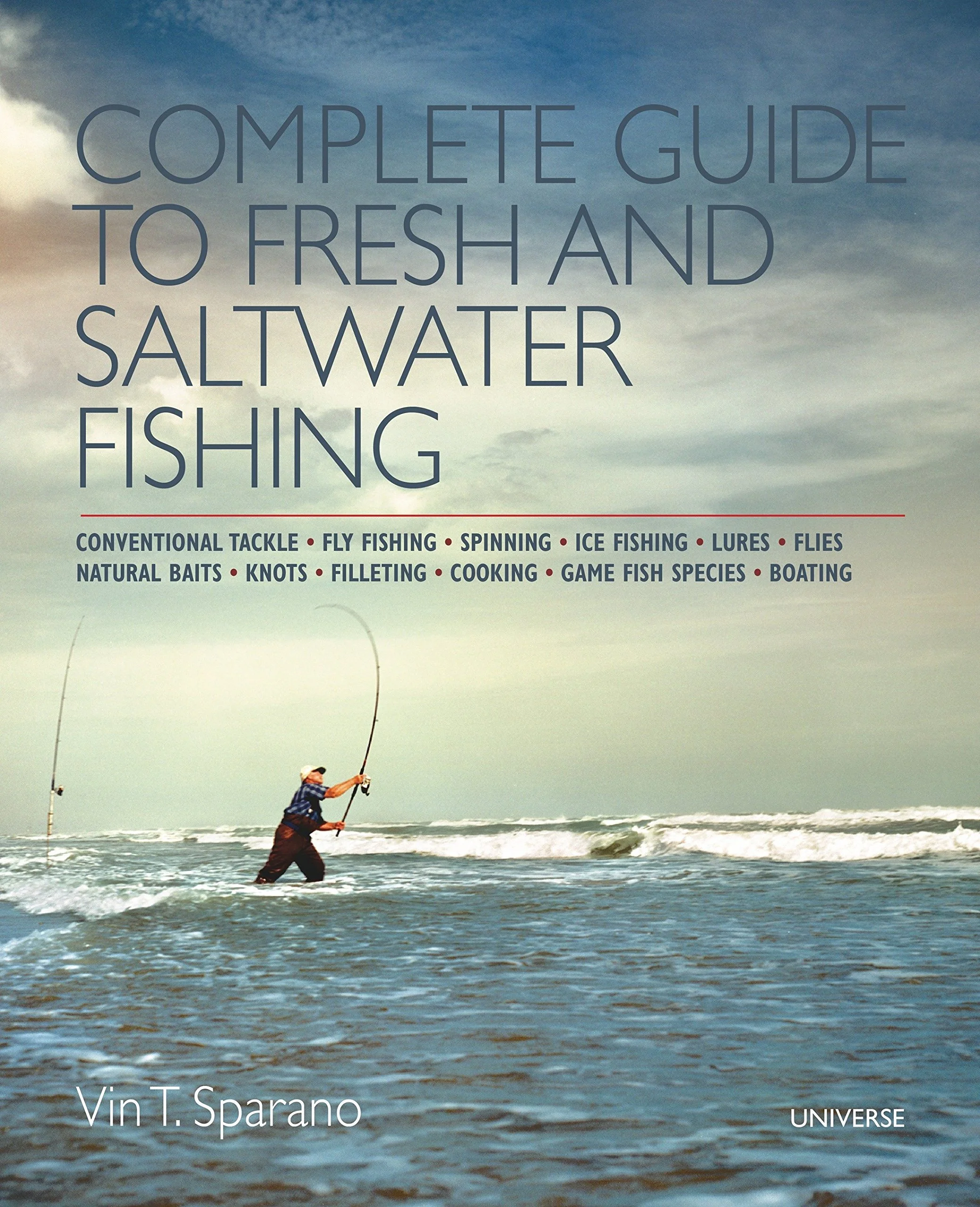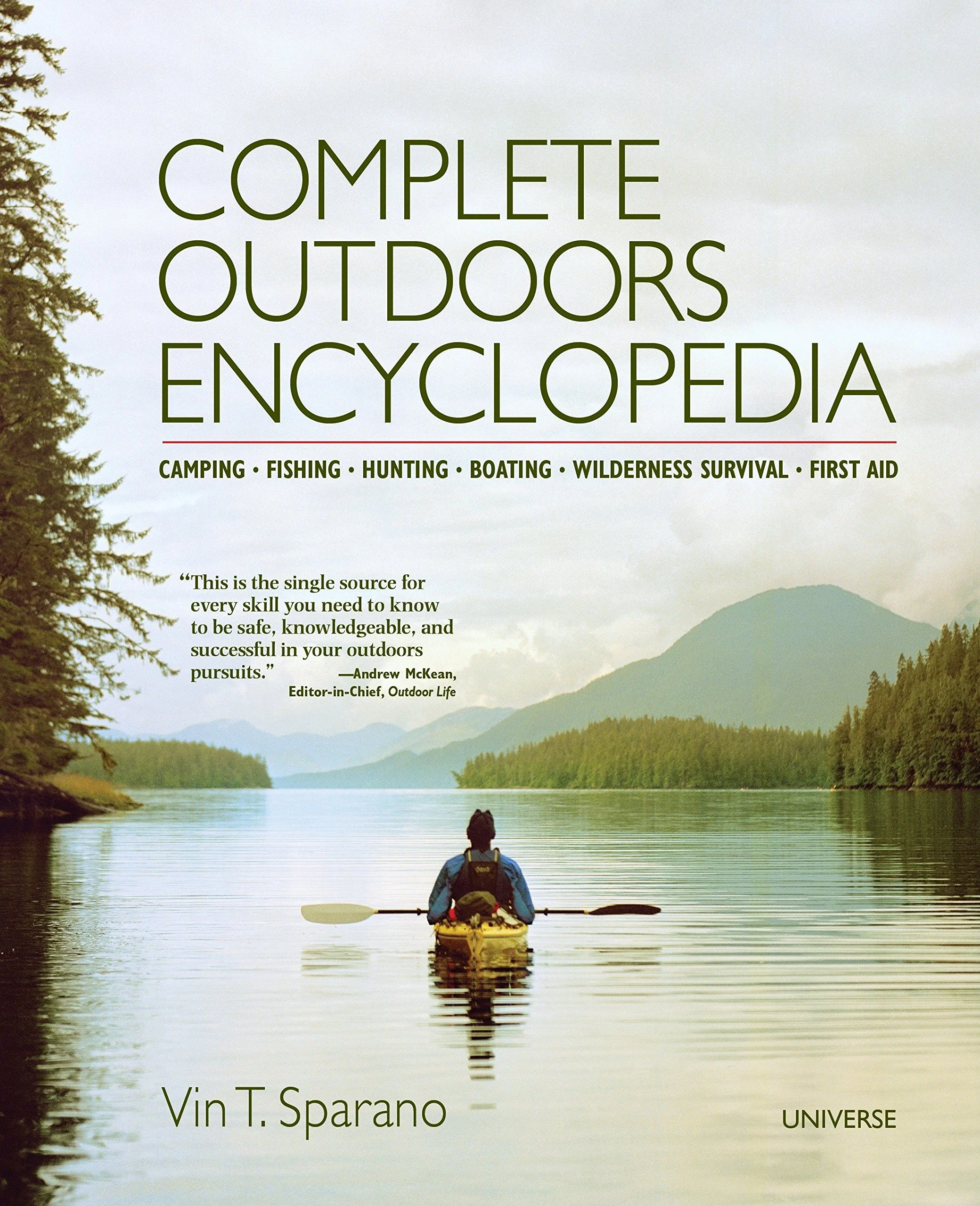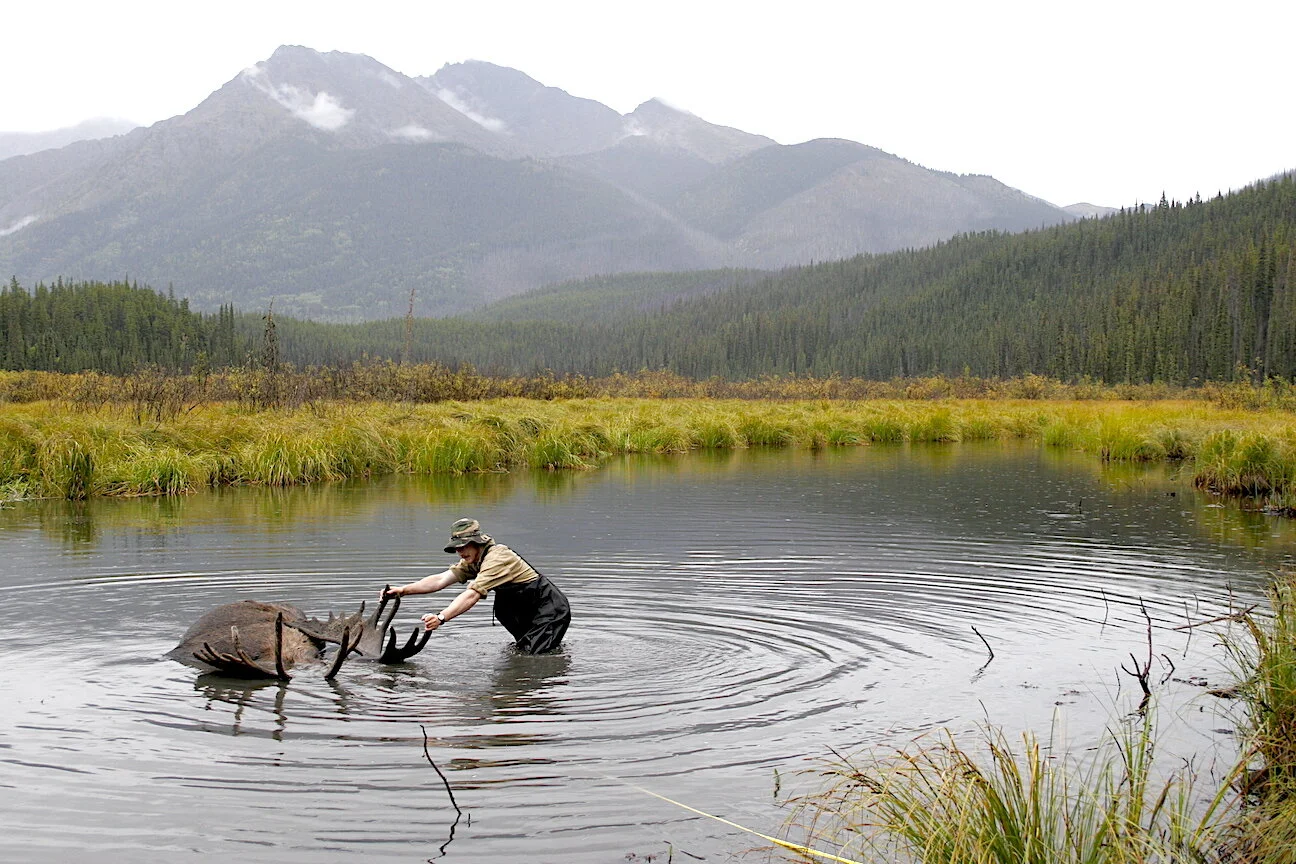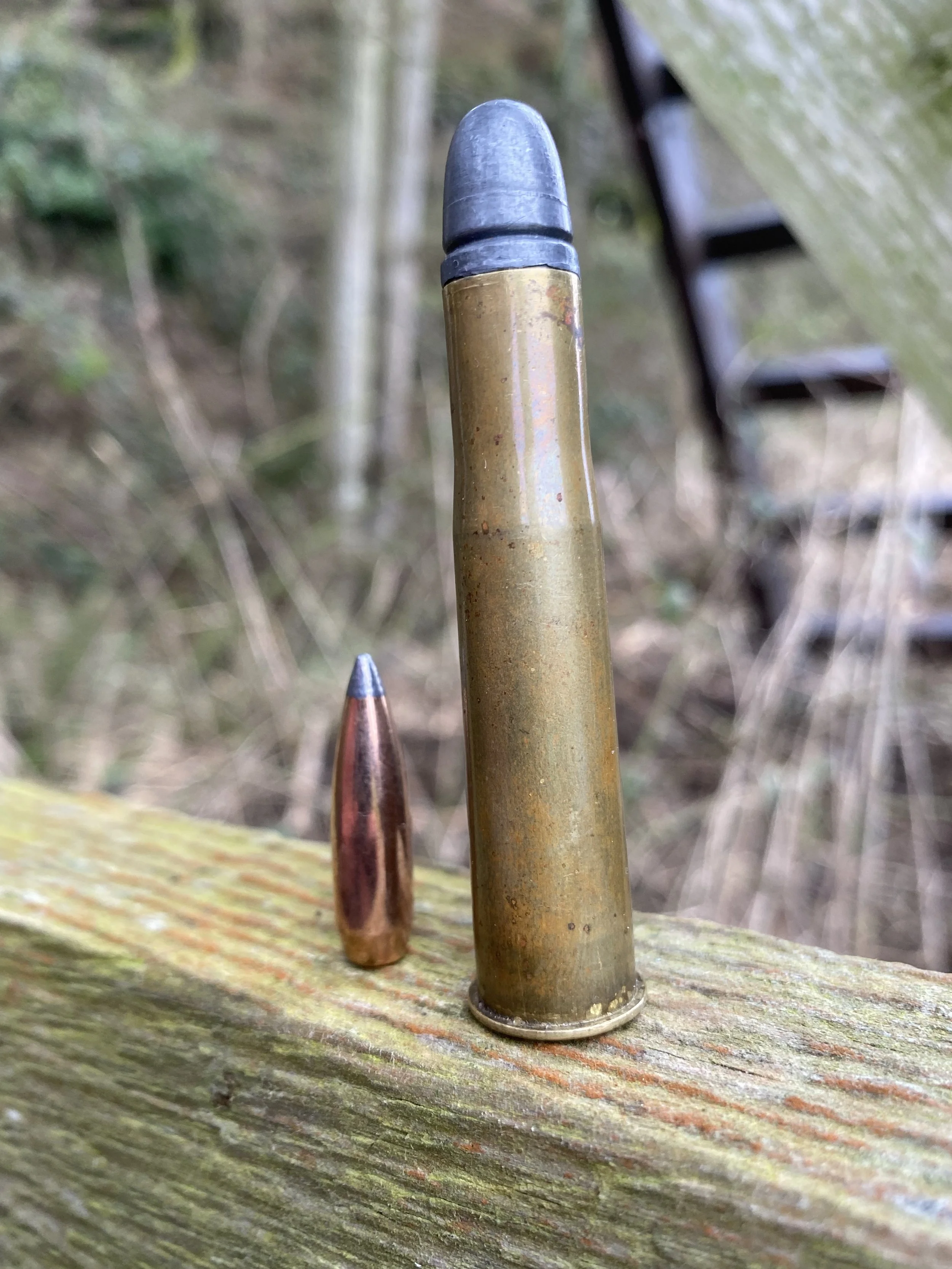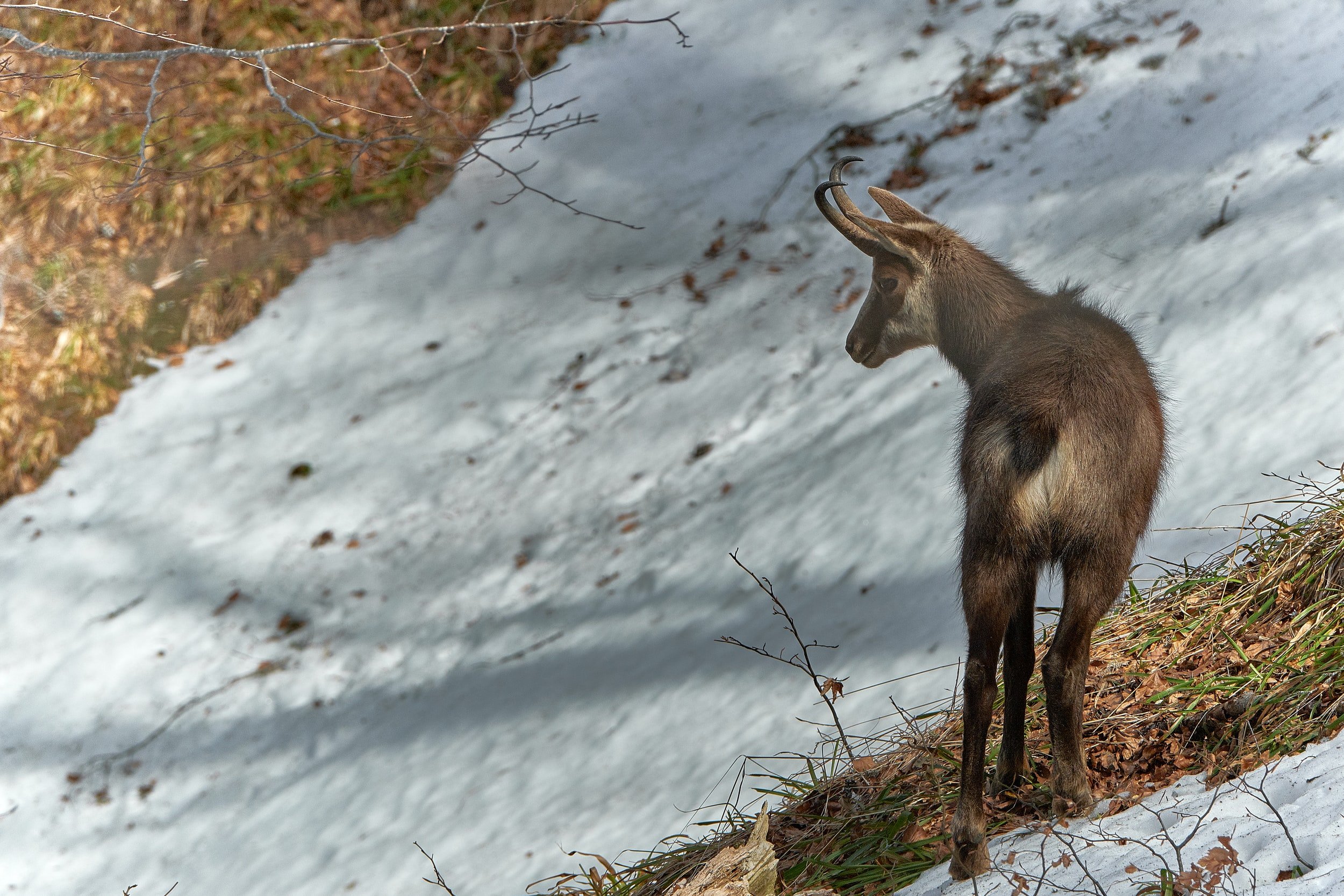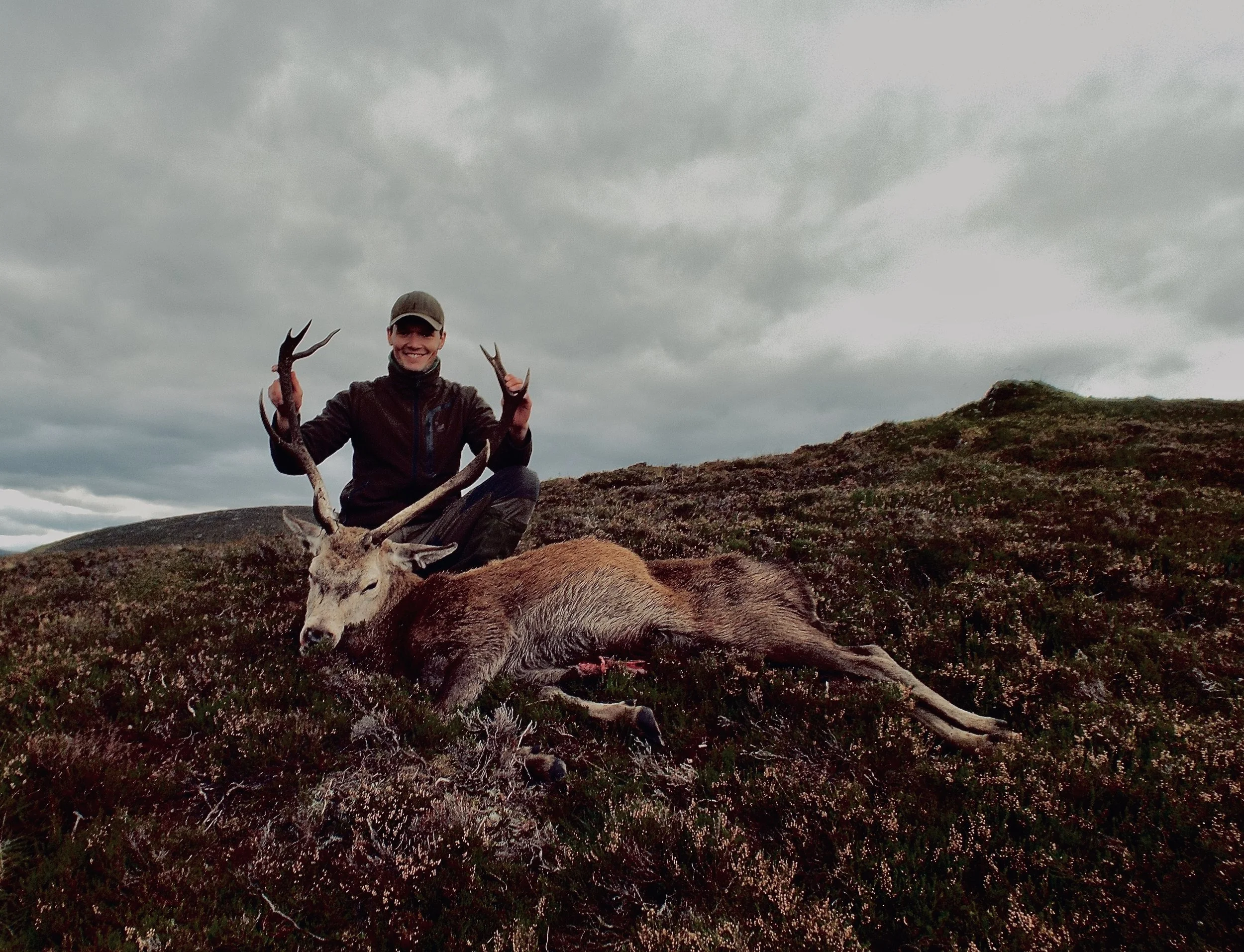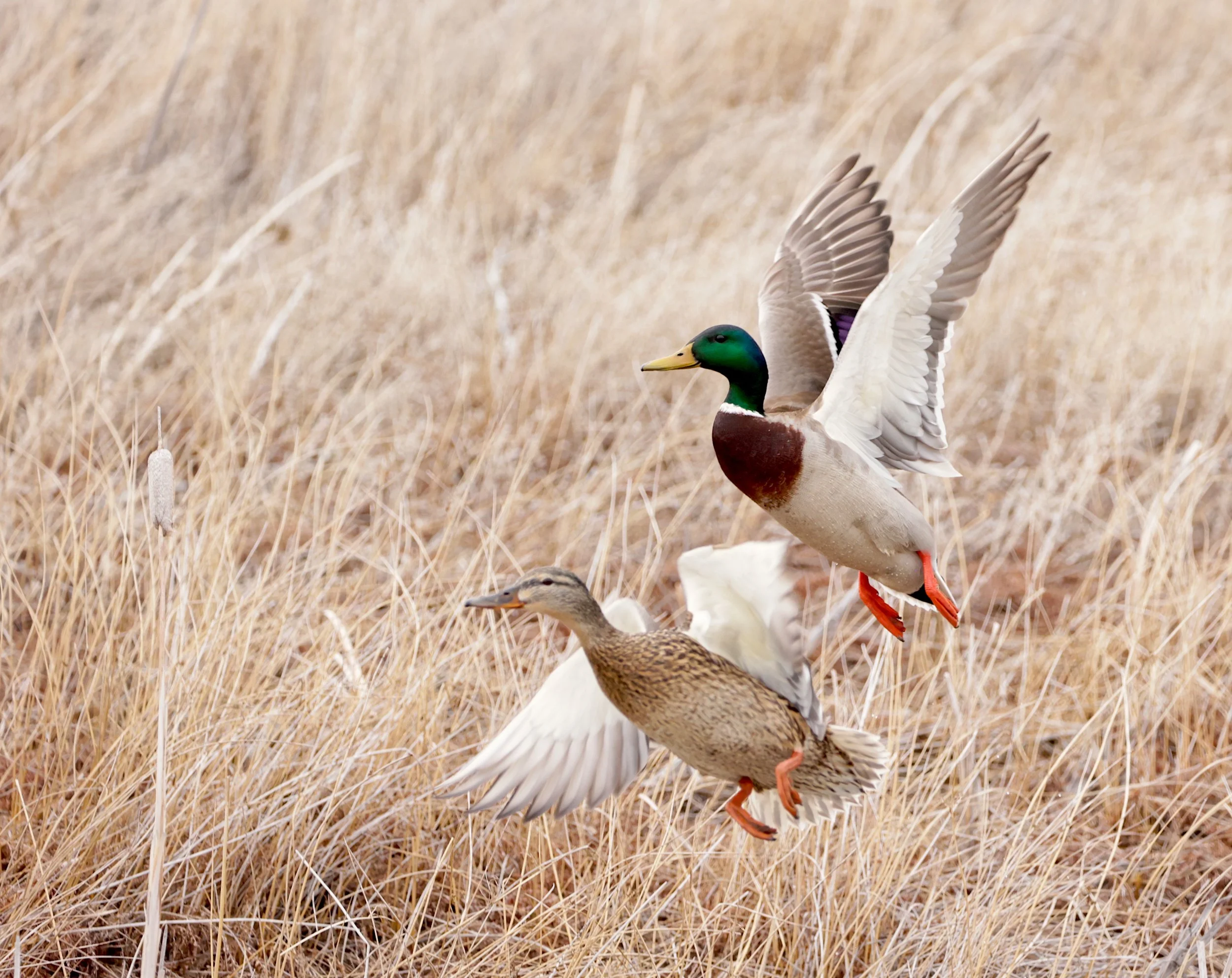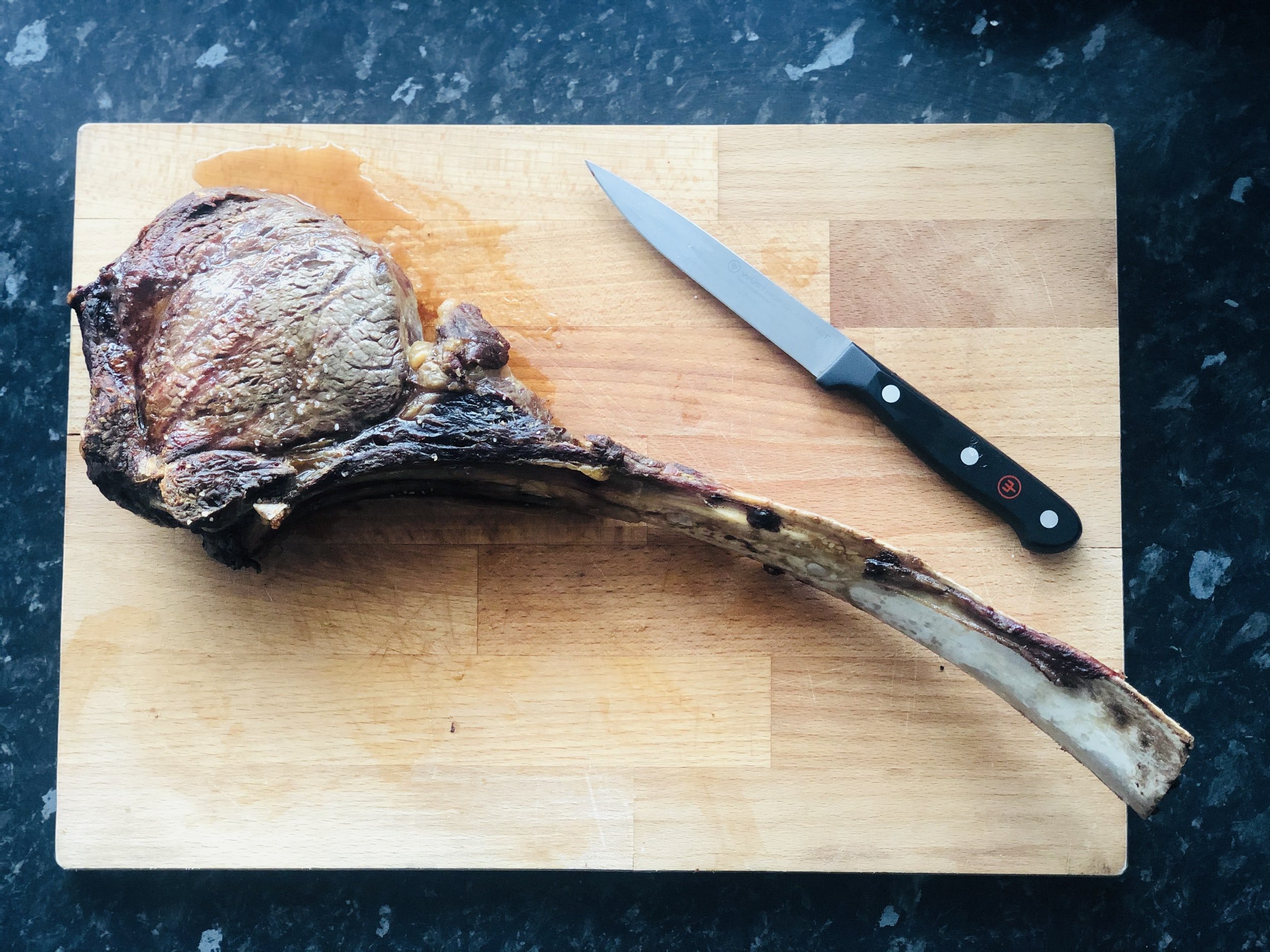My Friend Inuksuk
If you spend time in the woods hunting, fishing, or simply hiking, I’m sure you have occasionally seen a pile of stones stacked high. You may also see them if you look hard enough as you drive along some roads. They are usually alongside the road or at high points. Those stones have a brand new meaning to me. I’ve always known them to be trail markers. Still, I never knew their real meaning or origin until I hunted caribou many years ago with Innuit natives on Baffin Island in the Northwest Territories. That’s where I met my friend Inuksuk.
One day on that hunt, after a typical hunter’s lunch of peanut and jelly sandwiches, we continued to hunt along the shoreline of a huge lake that, according to Solomonie Jaw, my Innuit hunting guide, had no name.
I spotted a stack of rocks on a far ridge at one point. At first, I thought it was a man. But through my binoculars, I could see a pile of rocks, then a bigger rock, followed by a smaller rock. It looked like a totem pole from far away, and I didn’t realize how close I was to the truth until I asked Solomonie about it.
“It’s Inuksuk,” Solomonie said. “Innuit hunt and fish alone. We make Inuksuk so other Innuits know they aren’t alone while in the wilderness.”
Innuit hunters are always at the mercy of bad weather and bad seas. It is not unusual for an Innuit to get stranded on an island for many days while hunting and gathering. During these times, wherever he may be, he always builds an Inuksuk, a man-sized rock pile in his image. For the next Innuit hunters to come alone, it means, “You’re not alone; I have been here. Stay here. You will not be lonely.”
Solomonie explained that even Innuit children build Inuksuk when at play. The children build small Inuksuks while their fathers build big ones.
When I got home, I did a bit of research. Traditionally constructed by the Innuits, inuksuks are part of their culture and are built to communicate with humans. The real shocker: They have been found in archeological sites dating from 2400 to 1800 BCE in Baffin Island, where I was hunting with Solomonie. A red inuksuk appears on the flag of the Government of
Nunavut.
The inuksuks are helpers to the Innuit hunters. They can be trail markers, which we sometimes see today along roads, or mark a cache of food or good hunting grounds for walrus or seals. We don’t have much need for inuksuks today unless you want to listen to the words of Osutsiak, an old Innuit, who said inuksuks are often built “by those who felt the need to attach their thoughts to distant and familiar places, especially when they were a long way from home.” That’s good advice for many of us, especially hunters and fishermen who cherish their memories.
I killed a good-size caribou on that hunt. Most important, perhaps, I learned that the Innuits hunt and fish under brutal weather conditions. There is always something that can wreck your hunt. If not the weather, it’s the wolves. At one point, we had to leave a caribou until the next day. We urinated around the caribou carcass to ward off any wolf packs, hoping we were leaving enough man-smell behind to ward off any pack of wolves.
The rules are tough on Baffin Island. We passed a small island with a dozen or so sled dogs on the beach. The dogs raced along the shore when they heard our outboard, barking and howling at us. There were no buildings on the island, and I asked Solomonie how the dogs got there. He explained that many Innuits drop off their sled dogs on islands in the spring and leave them there until early winter when they need them for their sleds. Occasionally, the owners would kill a seal and drop it off on the beach for the dogs. Only the tough dogs got to eat. In fact, as Solomonie explained, a weak dog would be killed and eaten by the stronger dogs.
“In winter,” Solomonie explained, “only the strong dogs left for the sled.”
“Isn’t there a better way for these dogs?” I asked. Solomonie cut me short.
“Better to run free on the island than be chained in the village,” I asked no more questions.
But getting back to inuksuks -- have you ever seen the movie Cast Away with Tom Hanks? He was stranded on an island for several years. His only companion was Wilson, a soccer ball on which Hanks painted a face. Wilson was his only friend on that island. I wonder if Tom Hanks knew he had built his own Inuksuk.
Check Out Vin T. Sparano’s Books




